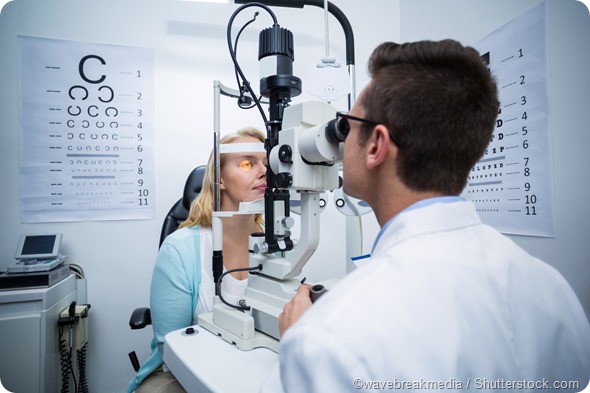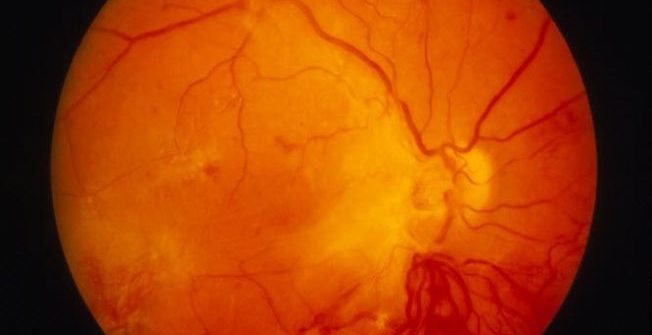Fascination About Eye Exam
Table of ContentsThe Best Guide To Eye ExamThe Eye Exam DiariesSome Known Details About Comprehensive Ophthalmology Fascination About Adult Strabismus
Eye doctors are clinical doctors who specialize in the diagnosis and also therapy of eye and vision issues. These 3 kinds of eye treatment professionals have instead similar-sounding names as well as overlapping job summaries.They can not give eye examinations, compose prescriptions, or detect or deal with eye problems. Provide eye tests, vision screening, as well as prescriptions for glasses or get in touch with lenses.

Ophthalmologists detect as well as deal with injuries, infections, diseases, and disorders of the eye. Treatments can include medicine taken by mouth (by mouth) or topically (in the eye), surgical treatment, cryotherapy (freeze therapy), as well as radiation treatment (chemical treatment). Eye doctors attend clinical institution then get a number of years of specialty training in the medical and surgical care of the eye.
Adult Strabismus for Dummies
As they are the only physician who can deal with all eye problems, eye doctors see a vast selection of eye conditions, including: Exactly how typically should you have an eye test? What are symptoms that indicate you may have an eye trouble that requires to be checked by an eye physician? The American Academy of Ophthalmology suggests: As children's eyes are expanding as well as changing rapidly, they should obtain a vision testing.
Adults who have healthy and balanced eyes and also superb vision should have 4 detailed eye tests: one in their 20s, 2 in their 30s, and one at age 40. These check-ups may permit the eye doctor to capture an eye condition or vision modifications early. By the time you observe signs and symptoms, you may already have some vision loss (CONJUNCTIVITIS).

People that are at a higher risk of eye illness may require to get an eye exam much more commonly. This can include individuals with diabetes mellitus, high blood stress, or a household history of eye troubles - ADULT CATARACT. After age 65, your eyes should be examined every one to 2 years. No matter of age, individuals who use calls ought to have a full eye examination each year.
Your view depends upon seeing the right optometrist at the right time. When it's time to "obtain your eyes checked," ensure you are seeing the appropriate eye treatment specialist for your requirements. Eye doctors, eye doctors and also opticians each play an essential duty in providing eye like customers. Yet the levels of training and experience are quite different for each kind of company.
Paediatric Ophthalmology - An Overview

is a clinical or osteopathic medical professional that concentrates on eye and also vision care. Eye doctors vary from optometrists and also opticians in their degrees of training as well as in what they can detect and treat (https://www.sudobookmarks.com/author/drcrlinecatt/). As a medical physician that has finished college and at the very least 8 years of extra medical training, an ophthalmologist is licensed to exercise medication as well as surgical treatment.
Many ophthalmologists are also involved in clinical research study on the reasons and cures for eye conditions as well as vision conditions. SUBSPECIALISTS: ADDITIONAL KNOWLEDGE AND go now TRAINING FOR CERTAIN EYE requires While eye doctors are trained to care for all eye issues as well as problems, some Eye M.D.s focus on a certain area of clinical or surgical eye treatment.
He or she typically completes 1 or 2 years of extra, extra comprehensive training called a fellowship in among the main subspecialty locations such as glaucoma, retina, cornea, pediatrics, neurology and also plastic surgical treatment, as well as others. This included training and understanding prepares an ophthalmologist care for even more complicated or certain conditions in certain locations of the eye or in certain groups of people.
An optometrist is not a clinical doctor. An eye doctor obtains a physician of optometry (OD) degree after completing four years of optometry school, come before by three years or more years of college. They are accredited to exercise optometry, which largely includes doing eye examinations as well as vision examinations, suggesting and dispensing rehabilitative lenses, detecting specific eye irregularities, and also recommending medications for particular eye conditions.
The Ultimate Guide To Eye Checks
They utilize prescriptions provided by eye doctors or eye doctors, however do not evaluate vision or write prescriptions for aesthetic improvement. Opticians are not allowed to identify or treat eye diseases. We all depend upon our vision in even more manner ins which we might understand. Without healthy and balanced vision, our capability to work, play, drive or also recognize a face can be drastically affected.
Having a family participant with eye illness can make you a lot more susceptible to having that condition. Sight-stealing eye illness can appear at any moment. Really commonly they are unnoticeable at first as well as are difficult to identify. That's why it is so essential to see an eye doctor for a total medical eye test by age 40, as well as after that as commonly as recommended by your Eye M.D.
If you have any of these, be certain to see an ophthalmologist. A full, clinical eye exam by an Eye M.D. could be the first step towards saving your sight. Protruding of one or both eyes; Dark curtain or shroud that obstructs your vision; Decreased vision, even if short-term; Diabetes mellitus; Altered vision; Double vision; Excess tearing; Eyelid problems; Family history of eye illness; Halos (tinted circles around lights); High blood stress; HIV or AIDS; Injury to the eye; Loss of peripheral (side) vision; Misaligned eyes; New advances (black "strings" or flecks in the vision) and/or flashes of light; Discomfort in the eye; Thyroid disease-related eye problems (Graves' condition); Unusual red eye.